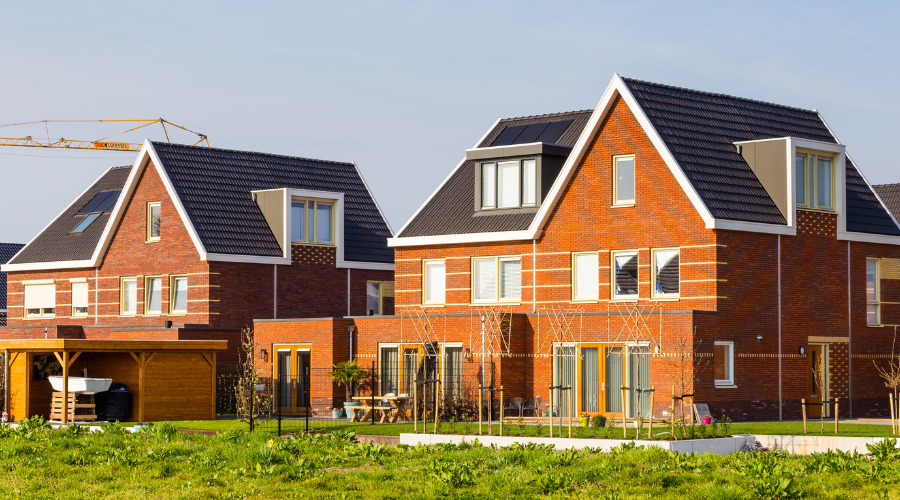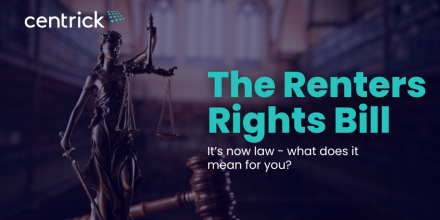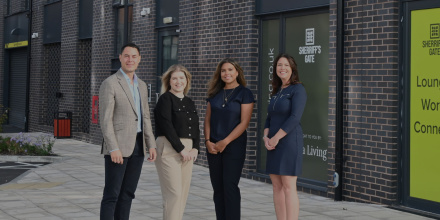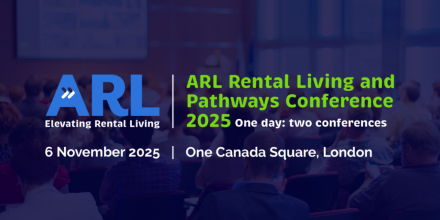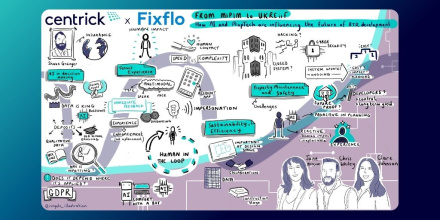We are now well into 2024 – but what will the rest of the year bring for the property market, for developers, renters and investors? As part of our property predictions for 2024, we’re diving into what the new year will spell for build to rent trends.
As the fastest growing sub-sector of the British property market, BTR has taken the UK by storm over the past decade, and is showing little sign of stopping. With supply of BTR units increasing by 50% every year, it is evident that 2024 will be BTR’s biggest year on record. But what trends can we expect to see across the sector in the year to come? By combining our own ground-breaking research due for release soon, and consulting a variety of other sources, Centrick have pinpointed three ways the BTR landscape is set to change as 2024 progresses: there will be greater focus on sustainability, an increase in demand for rental units, and calls for a more diversified BTR sector.
Sustainable Build To Rent Trends
In September, Rishi Sunak may have alleviated the pressure on the private rental sector when it comes to sustainability targets, but this doesn’t mean that greener practices won’t take precedence in the BTR sector in 2024 and beyond.
Tenants and residents, especially younger ones, are keen to be as environmentally conscious as possible, with a recent poll from MRI demonstrating that Gen Z and Millennial tenants have certain expectations when it comes to renting. Nearly half of the tenants surveyed considered green credentials to be a dealbreaker when it came to renting. This should come as no surprise – after all, younger demographics tend to be more attuned to environmental issues, with this only being exacerbated by the recent energy price hikes. The rise of energy prices since the pandemic has made green energy not just more affordable, but more feasible as an alternative to traditional forms of energy.
When it comes to creating sustainable living solutions for 2024 and beyond, build to rent developments seem to already be ahead of the curve. New build to rent developments and developers should, and typically do, integrate the newest eco-friendly innovations into the fabric of the building. This puts build to rent units at the cutting edge of green living – with some, though not all offering recycling schemes as standard, biophilic design (effectively connecting the resident with the natural world) is more often employed throughout, and sustainable construction materials are used wherever possible to ensure ESG compliance. In 2024, we expect to see even more focus on innovation when it comes to green credentials, with the pressure on developers to prioritise sustainability only increasing as the years go by in a bid to remain competitive in the swelling BTR market.
Greater Demand, Higher Prices
At the time of writing, the Bank of England base rate sits at 5.25%, and has not shifted in quite some time. This makes mortgages less affordable and less feasible for first-time buyers, keeping these would-be buyers in the rental market. More tenants in the rental sector will create an even greater supply and demand imbalance. We are already starting to see this happen, with the number of available rental properties in London decreasing by 50% as tenant competition becomes even fiercer. This lack of available properties has already started to push rents up by 17% in the capital, and the rest of the nation is set to follow suit as the nation simply cannot build enough high-quality housing quickly enough. According to recent rental statistics from Zoopla the average renter has seen prices rise by an average of £2,800 in the last 3 years, with new let rents up 10.5% across 2023. Regionally this trend is already being seen in major cities where demand continues to outstrip supply.
This could see more tenants flocking to build to rent developments, as prices rise and value becomes all important, tenants may look towards BTR as an alternative to PRS. Centrick’s soon to be research shows that residents across the PRS and BTR sector rank Environmental Measures and Energy Efficiency as the number one factor in terms of importance, both from a cost saving and ESG perspective. Stability and security will also play an important part in rental decisions – with many residents looking to stay in rented homes for the foreseeable future purpose built and community led BTR developments will be favoured by long term renters in both the traditional rental market but also across growing SFH schemes.
Diversified BTR
The conclusion of the Help to Buy scheme last year made it much more difficult for prospective first-time buyers to get their first foot on the housing ladder, keeping more families and working professionals in the rental sector for longer. However, the rental sector in the UK is no longer just occupied by these demographics, but by older tenants, too. Research by the Centre For Aging Better revealed that the number of tenants in mid-life has increased significantly as the number of tenants aged 50 to 65 has doubled over the past decade. There are huge opportunities in BTR to create units for older residents looking for on-site care, hoping to downsize, and to be part of a community of like minded people.
Interestingly there is also a real shift in the perception of value among age demographics too, with 64.5% of Centrick respondents agreeing with the statement “Do you feel your current rental property is fairly priced?”. Within the 45+ segment this proportion rises to 71.5%, whereas within those aged 34 and below only 58% agreed with the same statement.
It’s not just age demographics which we should be paying attention to as 2024 approaches, but the diversification of BTR unit types. When we think of build to rent trends, we likely think of city-centre living, swanky apartments and premium amenities. Whilst these types of BTR development certainly still have their place in the property landscape, we anticipate that larger family homes could be on the rise. Savills predict that there could be as many as 30,000 BTR single-family rental homes in the UK by 2027, increasing to 70,000 by 2032. The share of Single Family Homes (SFH) in the UK BTR market would swell from 12% to 18% over the next decade. This forms part of the housing market’s response to unattainable mortgages and weakening first time buyer schemes, with more options being made available for larger families with the aspiration to live in more premium properties.
Explore The Future Of Build To Rent Trends With Centrick
Here at Centrick, we believe that knowledge and insights into the future of the property market can be game-changing for developers, investors, buyers and renters. That’s why we’ve created our pioneering Love Where You Live research – an deep-dive into the current face of BTR and the future build to rent trends you ought to know about. With exclusive first-party data and expert insights, Love Where You Live is a must-read for budding developers, BTR tenants and property enthusiasts alike. You can grab your free PDF download by filling out the form at the bottom of the page.
